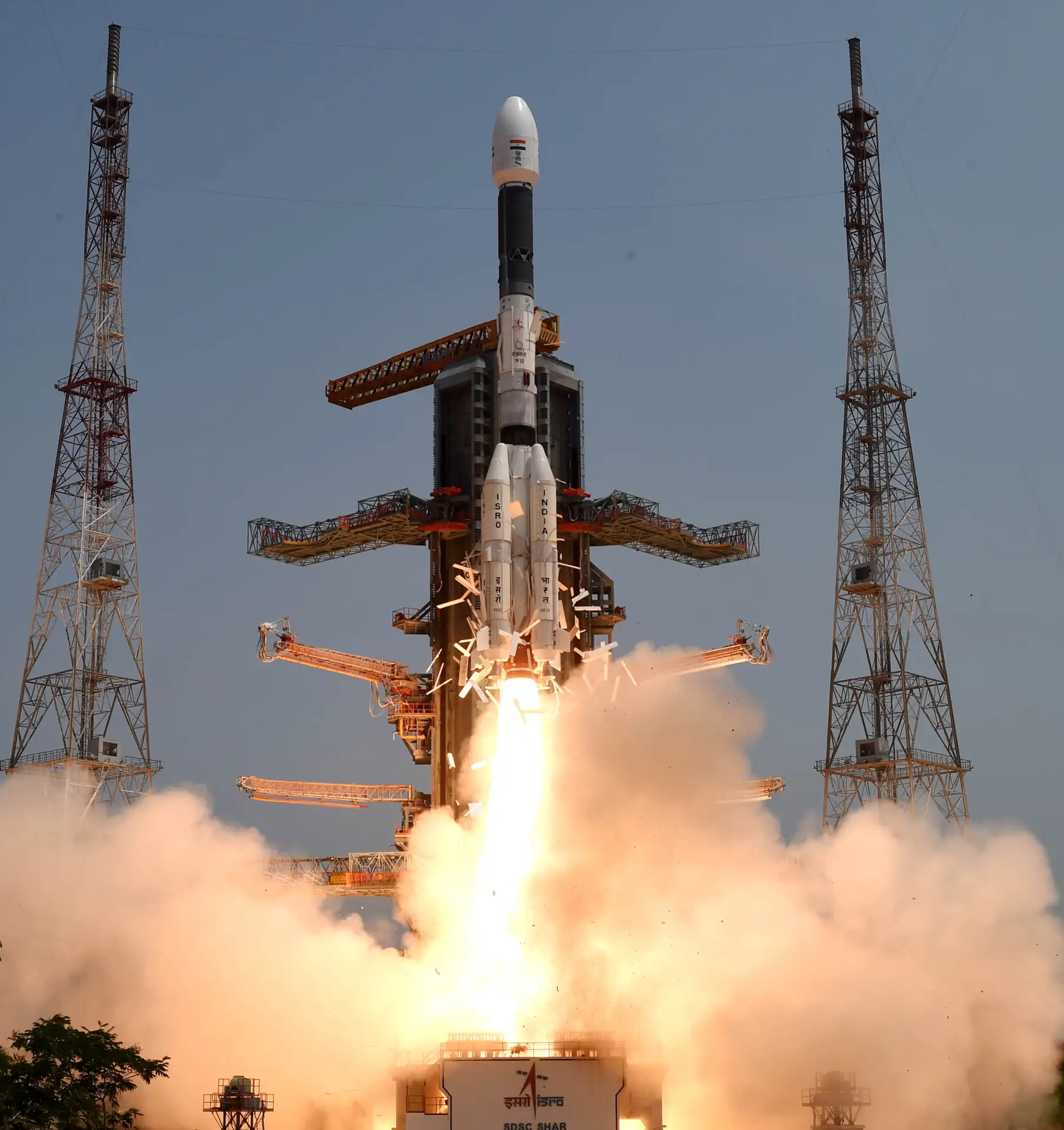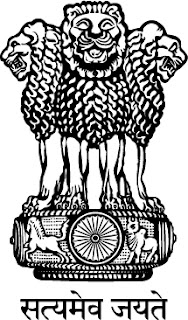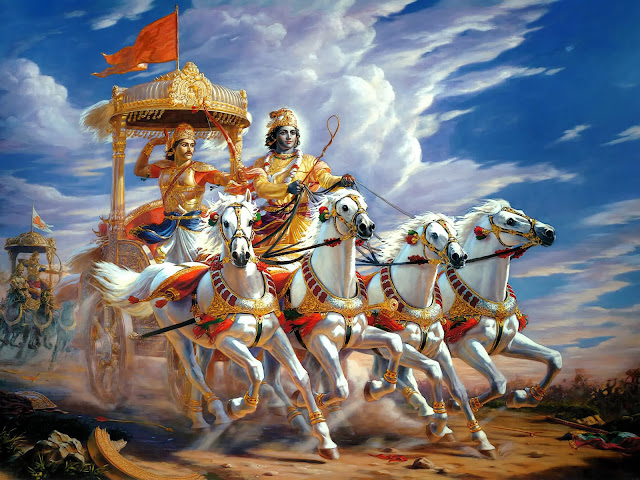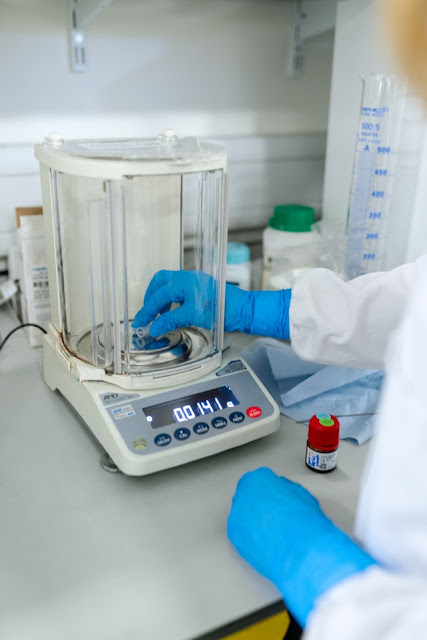Unknown facts about India's Chandrayaan-3 mission
Unknown facts about India's Chandrayaan-3 mission
Significance of name
Chandrayaan is a combination of Chandra + yaan, which means Moon Vehicle.
It is 3rd moon mission of Indian Space Research Organisation (ISRO).
Primary objective
- Chandrayaan-3 is the follow-up mission to Chandrayaan-2, designed to demonstrate safe landing and movement capabilities on the complete lunar surface.
- It will demonstrate end-to-end landing and roving capabilities.
- Various scientific measurements on the moon surface and from orbit.
- The Lander will have the capability to soft land at a specified lunar site and deploy the Rover which will carry out in-situ chemical analysis of the lunar surface during the course of its mobility.
- For safe landing touchdown velocity is planned to be less than 2 m/s vertical and 0.5 m/s horizontal.
How it is different from chandrayaan 2
The lander/rover will be similar to the Vikram rover on Chandrayaan-2, with improvements to ensure a safe landing.
The lander is equipped with an array of sensors to ensure a safe landing, including
Accelerometers (measures acceleration of motion),
Altimeters (altitude meter using Ka-band and laser),
Doppler velocimeters (velocity meter),
Star trackers (Determine the satellite's position and attitude by analyzing the positions of surrounding stars relative to the payload),
Inclinometers (It measures the angles of slope/tilt and elevation/depression of an object with respect to gravity.),
Landing sensors, and
Cameras for hazard avoidance and orientation.
Structure
Chandrayaan 3 have three components
a lander (Vikram),
a rover (Pragyan), and
a propulsion module
Rover coming out of lander (Wt. 1726 kg + 26 kg)
Lander (Left) Rover (Right) (Wt. 1726 kg + 26 kg)
Rover (Wt. 26 kg)
Instruments installed in
Lander
The lander will carry
Chandra’s Surface Thermophysical Experiment (ChaSTE) to measure surface thermal properties,
Instrument for Lunar Seismic Activity (ILSA) to measure seismicity around the landing site,
Radio Anatomy of Moon Bound Hypersensitive ionosphere and Atmosphere (RAMBHA) to study the gas and plasma environment,
A passive laser retroreflector array for lunar ranging studies.
The rover
The rover will carry
Local surface elemental composition to measure material composition and properties, an
Alpha Particle X-ray Spectrometer (APXS) to study the chemical element composition of a sample from scattered alpha particles and
Laser Induced Breakdown Spectroscope (LIBS) to detect and characterize materials.
The Propulsion Module / Orbiter
It will carry
Spectropolarimetry of HAbitable Planet Earth (SHAPE) to study Earth from lunar orbit.
Launching date from Earth
14 July 2023 at 9:05 UTC (2:35 PM India standard time) from Satish Dhawan Space Centre, Sriharikota, Andhra Pradesh. Landing has been done using Geosynchronous Satellite Launch Vehicle Mark III (GSLV-Mk III), also called the Launch Vehicle Mark III (LVM3).
Date of landing at Moon
23 August 2023 at 12:17 UTC (5:47 PM IST)
Expected lifespan
Single lunar daylight period or 14 Earth days.
Photo credit
Reference
- Highlighted in the text
Read other posts of this website














Comments
Post a Comment